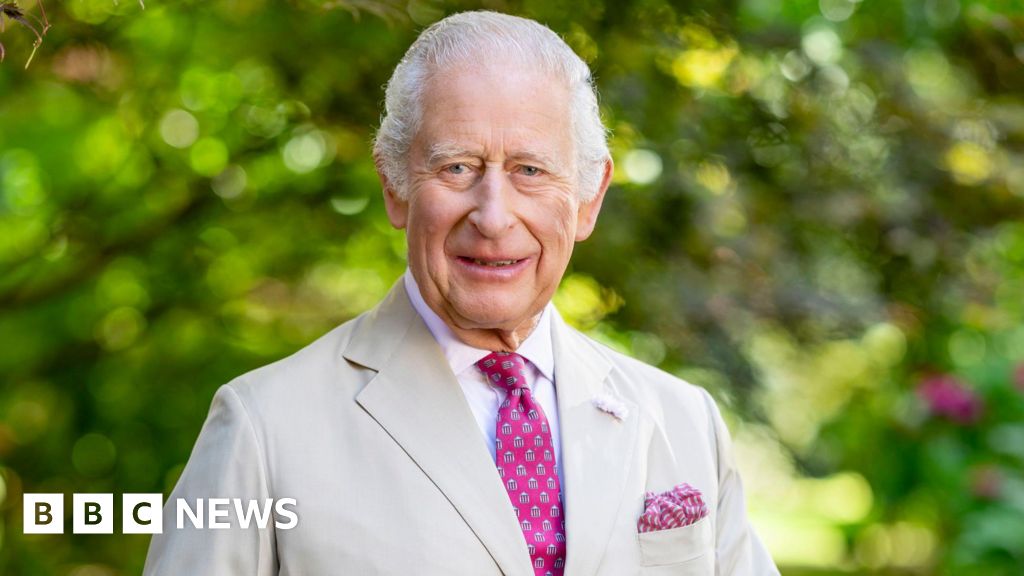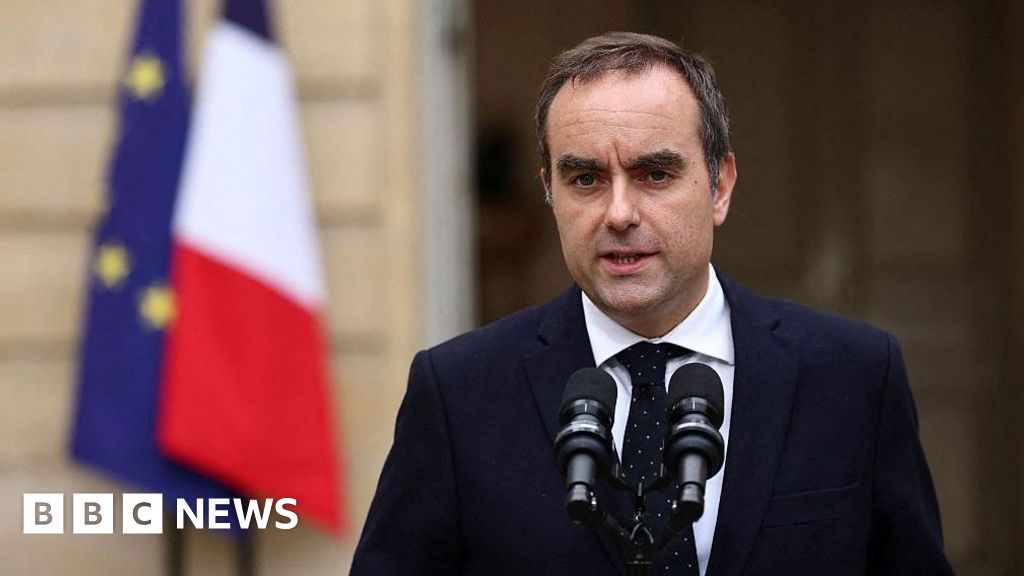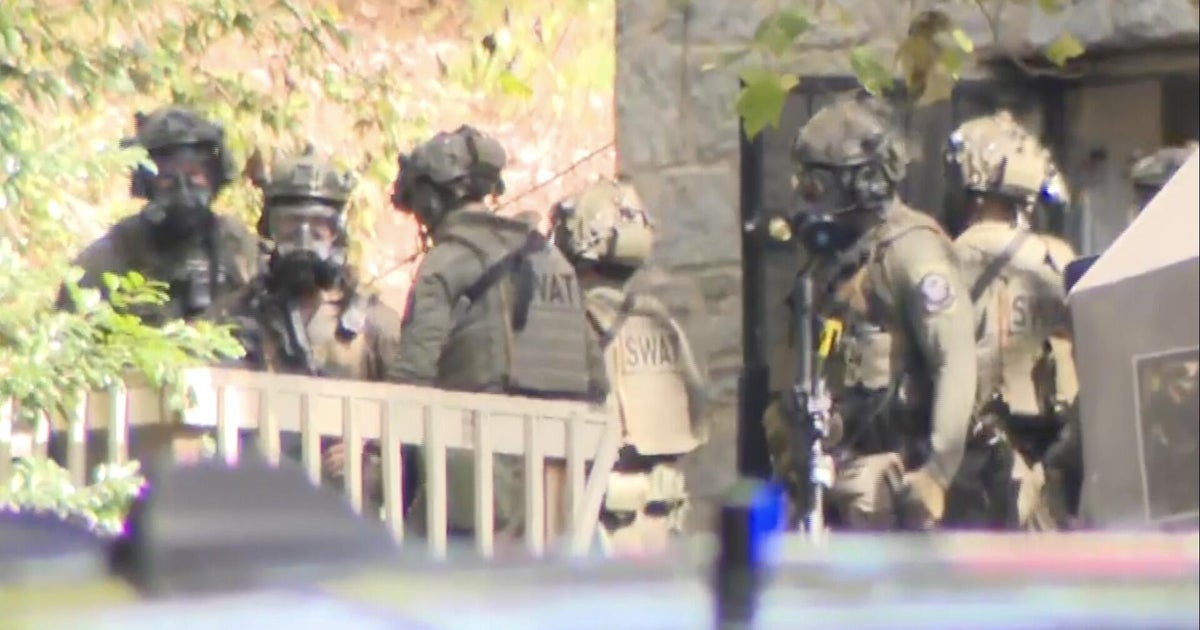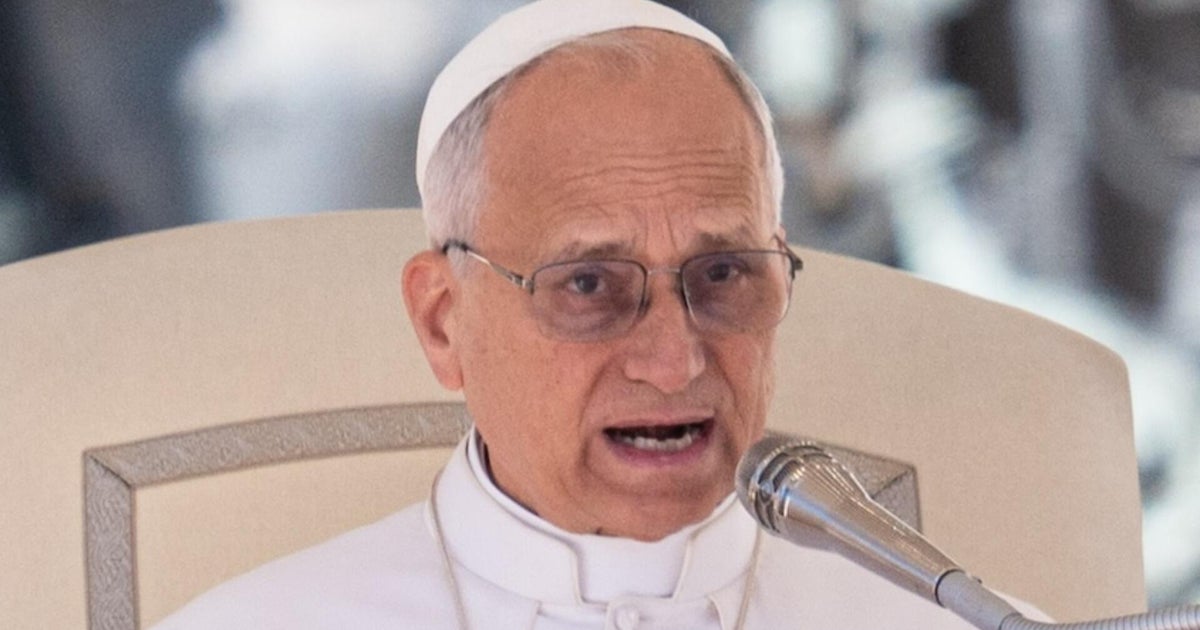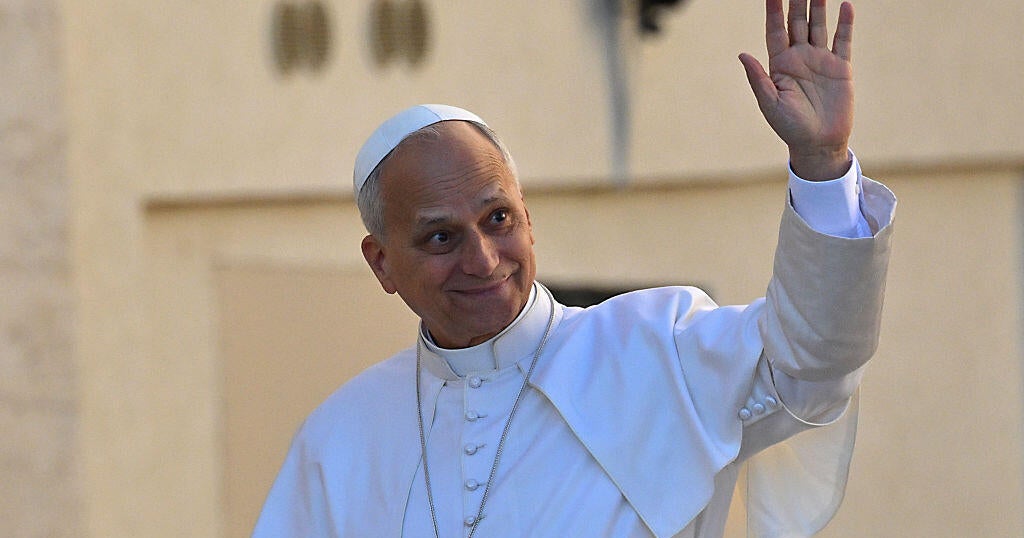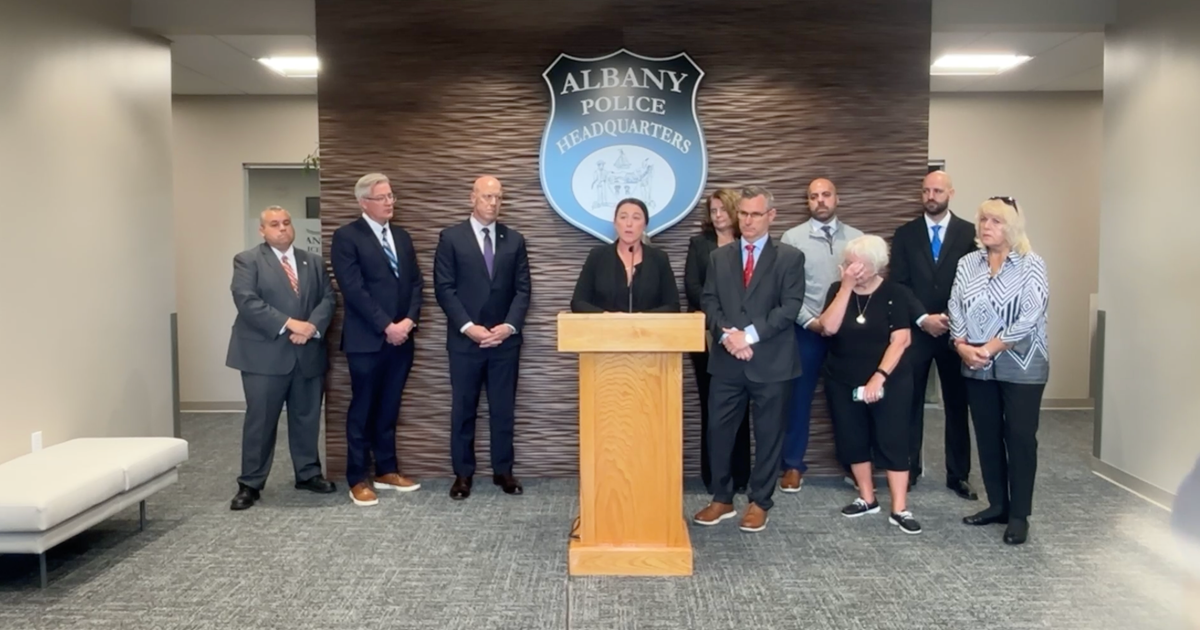Opinion
September 26, 2025 — 5:00am
Heathrow is an airport passengers love to hate. Europe’s largest airport handled 83.9 million passengers last year, but it seems few of them ever have anything good to say about it.
Yet as airports across Europe were plunged into chaos by a cyberattack last weekend, Heathrow handled the crisis impressively. I know, because I landed in the middle of it.

I was already prepared for Saturday to be a complicated day. Last-minute changes to my travel plans had me flying into Heathrow from Frankfurt in the morning, and out again Sydney-bound that night. The flights weren’t connecting, so I was going to have to collect my suitcase on arrival and check-in again later that day. But then the cyberattack hit.
The first sign something was wrong was when our Lufthansa flight landed and the pilot announced we would have to wait on the tarmac because three other planes were already queuing for the same gate. Annoying but not that remarkable, as the many mutterings about “bloody typical Heathrow” proved.
It ended up being an hour-long wait, during which we were told about the cyberattack. I assumed all would be bedlam inside the airport but was pleasantly surprised. Immigration was working smoothly and even the baggage hall was under control, with extra baggage handlers clearing suitcases off the belts quickly to make room for the next load.
Clearly Heathrow had learnt lessons from the power outage in March that shut the airport down for a whole day. To cope with the backlog of flights when it reopened, hundreds of extra staff were brought in. The airport also took the all-hands-on-deck option this time around, with plenty of staff in every section of the airport. That made a huge difference when, later that day, I had to check in for my Etihad flight to Australia.

With the cyberattack targeting check-in software, each passenger had to be checked in by hand. That meant plenty of time in the queue, during which I watched extra staff – from airport and airlines – as they moved through the crowds, answering questions and lending a hand wherever required (that included airline staff who spent their shift lugging suitcases around as the check-in conveyor belts weren’t working). No one enjoys queuing, but having someone there to offer information, a smile and a little sympathy, is a surefire way to lift the mood.
And that’s what Australian airports get wrong time and time again. I’ve lost count of the number of times I’ve been delayed at Sydney or Melbourne airports when weather has ground things to a halt, and the lack of information adds to the frustration.
And then of course there were the weeks of chaos when Sydney Airport introduced its smartgates without briefing travellers, turning the arrivals area into a sea of confusion. I got caught up in it twice. The first time, there was not a single staff member on the ground. The second time, a few weeks later, I saw just two staff, each of whom was thronged by travellers desperate for information, creating even more bottlenecks.
The weekend’s cyberattack also saw the airlines step up. Etihad messaged passengers telling them to arrive four hours early instead of the usual three, and the check-in staff exemplified grace under pressure, cheerfully delivering the message that, “The plane will definitely be departing late, but it will definitely be departing.”
And that is something else worth noting: while pretty much every flight was delayed, very few were actually cancelled. Heathrow only cancelled 13 departures out of more than 350 on that day, compared with the much smaller Brussels airport, which cancelled 25 out of 234 departures.
So as someone who has done my fair share of complaining about Heathrow in the past – and who will probably do so again in future – I’d like to thank Heathrow for getting it right this time around and for understanding that sometimes, you have to be prepared to blow the overtime budget to give your customers what they need.
You can argue that, with a pre-tax profit of £917 million in 2024, Heathrow has more than enough padding in the budget to afford the odd cost overrun. But then, Australia’s airports aren’t exactly at the stage of searching for lost coins between the couch cushions. In 2023-24, combined operating profit at Sydney, Melbourne, Brisbane and Perth airports grew to $2.53 billion. Surely that’s enough to afford a few extra shifts next time a crisis comes around.
Sign up for the Traveller newsletter
The latest travel news, tips and inspiration delivered to your inbox. Sign up now.
Ute Junker is a freelance writer and editor who has been covering travel for more than 20 years.Connect via Twitter or email.





